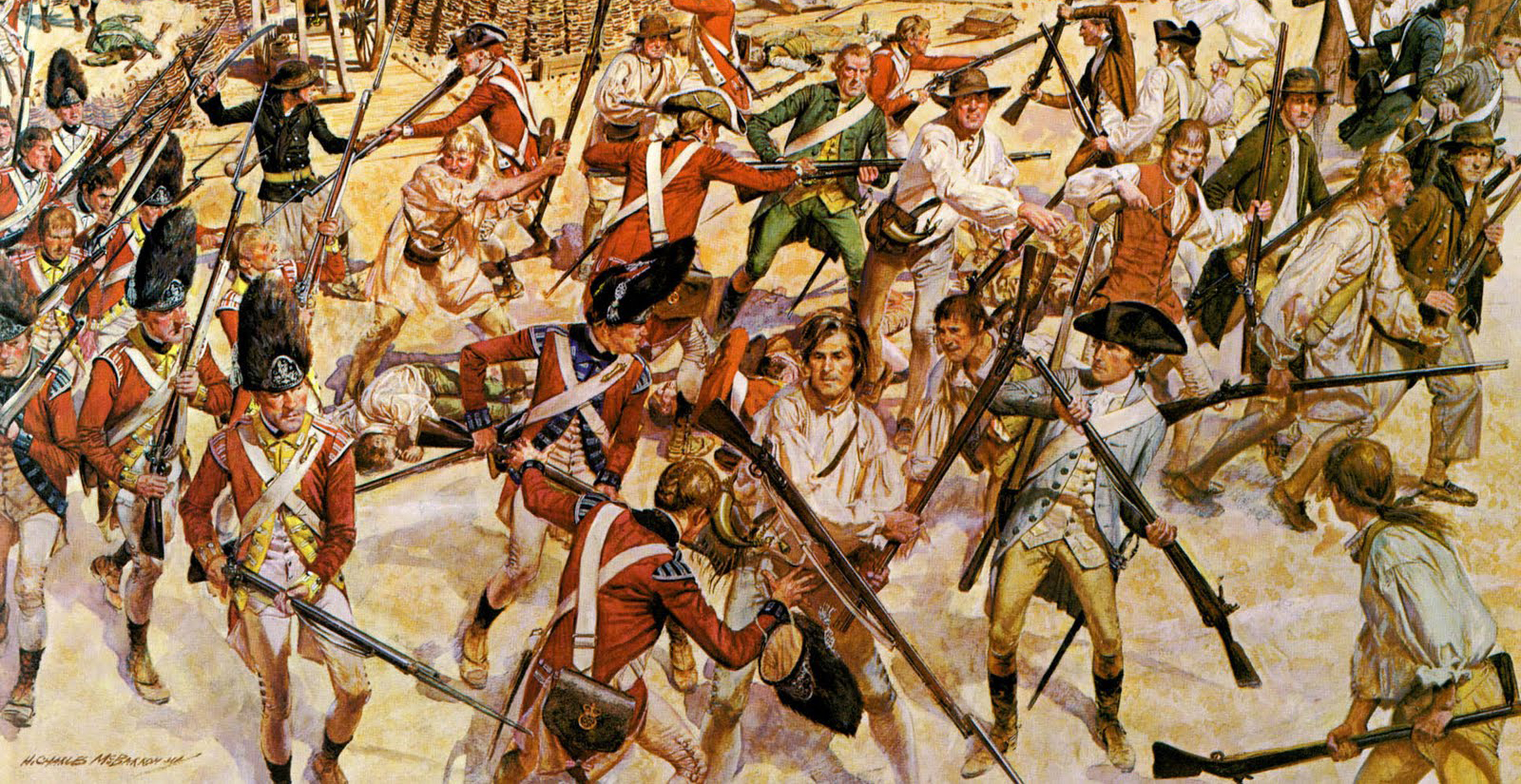The Compleat Victory is a reminder that the hard-learned lessons of today’s conflicts are eerily like the lessons taught more than two centuries ago. Informal relationships outside of the chain of command still matter. The great captains of history have genius in planning as well as in execution, meaning high levels of grip as Weddle defines it. Finally, leaders and staffs must continually examine and evaluate their assumptions on the character or nature of the fight they are in.
General George Washington: America’s First Operational Artist
The American Revolution’s New Jersey campaign, in which George Washington led the Continental army to victory against Hessian mercenaries at Trenton and the British regulars at Princeton, provides an instructive case study in operational art and on the concept’s discrete character. Washington’s conduct at the First Battle of Trenton demonstrated the effective use of sequential tactical action in the pursuit of strategic objectives, synchronized in time, space, and purpose, within the means he possessed.
James Moody: American Soldier
The traditional lore of the American Revolution holds that small groups of Patriot citizen-soldiers using unconventional tactics defeated a superior foe, who was using European tactics unfit for combat in the wilderness of North America. The lesson modern strategists are led to take from the experience of British operations during the American Revolution is that imposing one’s military doctrine in an alien environment is a recipe for disaster. Founding lore, however, overlooks a class of colonists lost in the clamor to understand to what transpired in 1776: Loyalists.




